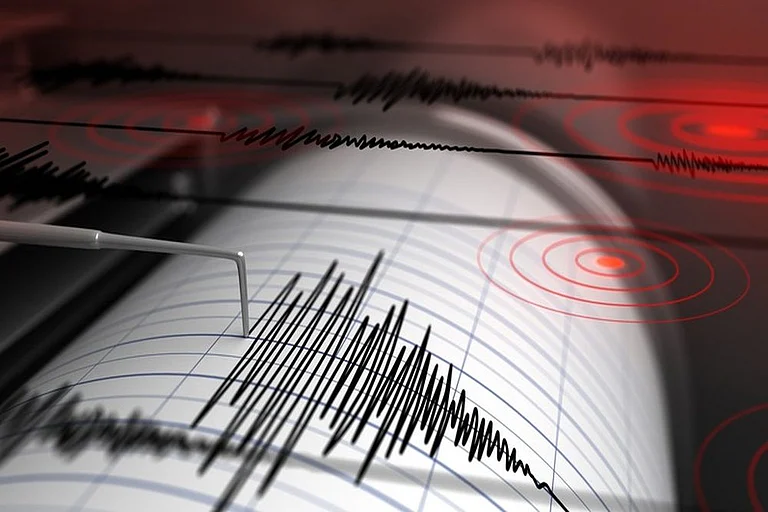On the first day of 2024, a powerful earthquake with a preliminary magnitude of 7.6 hit north-central Japan. The Japan Meteorological Agency (JMA) reported a sequence of 21 earthquakes, each registering 4.0 magnitude or stronger, within just over 90 minutes on Monday.
The most intense tremor, measuring 7.6, occurred at 16:10 local time (07:10 GMT), prompting urgent warnings from authorities.
Reports suggest it is the first instance of a "major tsunami warning" since the devastating earthquake in 2011, when Japan witnessed a catastrophic earthquake, leaving behind a landscape of destruction.
Japan earthquake & tsunami of 2011
The Japan earthquake and tsunami of 2011, also known as the 2011 Tohoku earthquake and tsunami or the Great Tohoku earthquake, shook northeastern Japan on March 11, 2011. The disaster began with a magnitude-9 earthquake in the early afternoon, triggering a devastating tsunami.
This dual catastrophe claimed nearly 20,000 lives along Japan's Pacific coast, over 400 kilometres (250 miles) northeast of Tokyo. Trucks and houses were swept away like children's toys, and the living faced the daunting task of searching through mud and debris for their loved ones.
The events also led to multiple meltdowns at the Fukushima nuclear plant, forcing the evacuation of tens of thousands of residents.
The seismic impact caught Japan off guard, as scientists had forecasted a smaller earthquake in the northern region of Honshu, the country's main island. The magnitude and impact of the tsunami surpassed expectations.
The Aftermath
In the aftermath of the 2011 Japan earthquake and tsunami, several hundred thousand people sought refuge in shelters with limited supplies of food or water. Tens of thousands remained stranded in the worst-hit areas as rescuers worked to reach them.
The situation escalated in the Fukushima area as the condition of the coastal nuclear reactors worsened, prompting people to leave the quarantined zone. Over time, individuals found alternative accommodations in the Tōhoku area or relocated to other parts of the country.
While a quarter of a million people were still in shelters two weeks after the quake, this number gradually decreased in the following months.
Scientists from around the world descended on Japan following the earthquake and tsunami. Researchers sailed offshore and dropped sensors along the fault line to measure the forces that caused the earthquake.
Researchers studied tsunami deposits to understand ancient sediment records of the deadly waves. Earthquake engineers assessed the damage, searching for ways to construct more resilient buildings against quakes and tsunamis.
Why do so many Earthquakes strike Japan?
Japan's recurrent encounters with seismic activities can be traced back to well-documented geological phenomena. The cause lies in the intricate movements of tectonic plates beneath the Earth's surface.
Sitting amidst the "Pacific Ring of Fire," Japan grapples with the interactions of three significant tectonic plates, including the Pacific Plate beneath the Pacific Ocean and the Philippine Sea Plate. Positioned at this geological crossroads, the country becomes a focal point for the dynamic forces resulting from the continuous shifts in these substantial plates.
The potential for earthquakes directly beneath urban centres, such as Tokyo, is a foreseeable risk. Even cities less accustomed to seismic activities or lacking seismic retrofitting are not immune.
Fortunately, though, many buildings are outfitted to better withstand earthquakes. Many buildings in Japan are designed to withstand earthquakes effectively. Some have movable top parts that adapt to seismic shifts, while others are built to absorb shocks and remain firmly grounded.


























